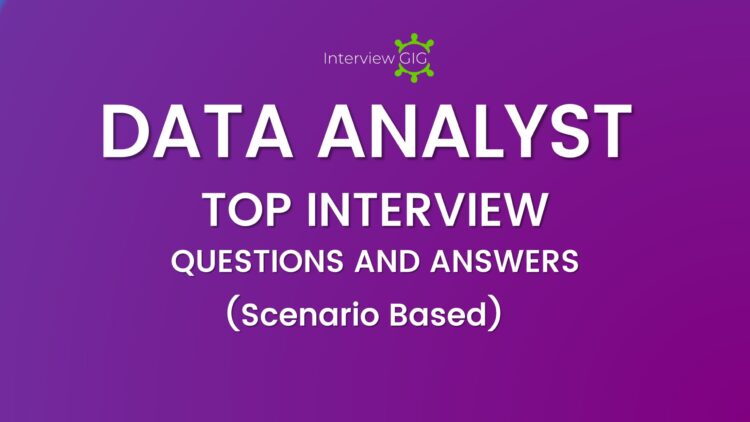Unlock Your Dream Job with Precision
Navigate the Best Job Interview Queries and Score Exciting Career Opportunities!
Embark on a Journey Through Top Categories
Explore interview topics across various fields to enhance your knowledge and preparation.
Latest Jobs & Internships
“Explore latest Job Openings for Entry-level & Experienced Professionals, and Internship Opportunities.“
Discussion Room
Ask any question, whether related to IT or Non IT, and receive answers from fellow users.
Dive Deeper into Our Resources!
Discover a Range of Articles and Coding Topics, Pose Your Questions, and Contribute Guest Posts
Articles
Explore the latest articles and technology insights
Guest Post
Share your insights, ideas, and expertise with our audience.
Coding
Explore versatile programming coding examples & Explanations.
Post a Question
Pose IT Related or general queries for insightful discussions and responses. .





